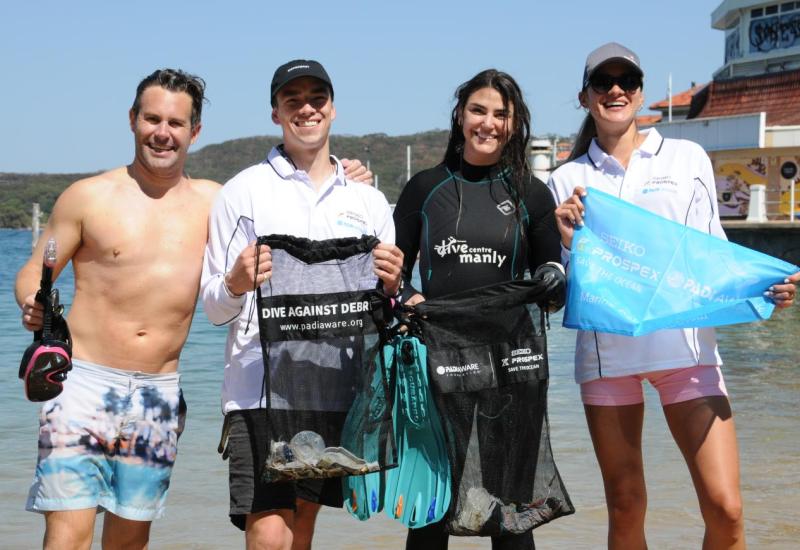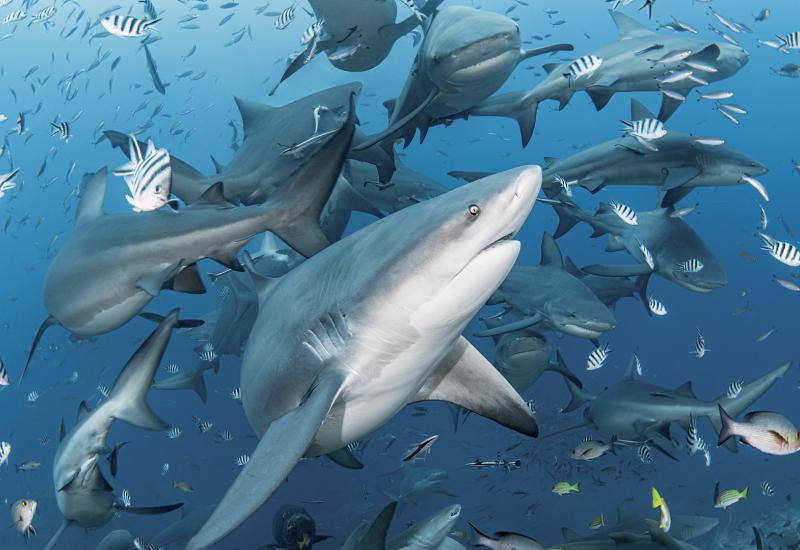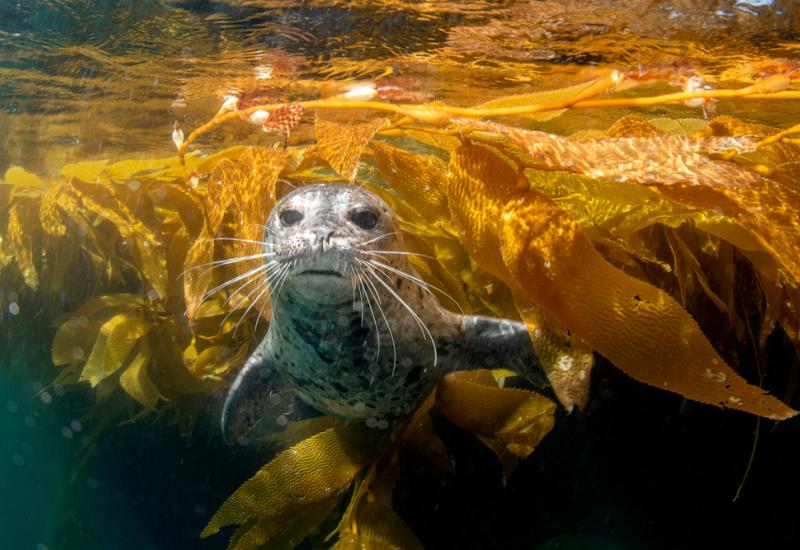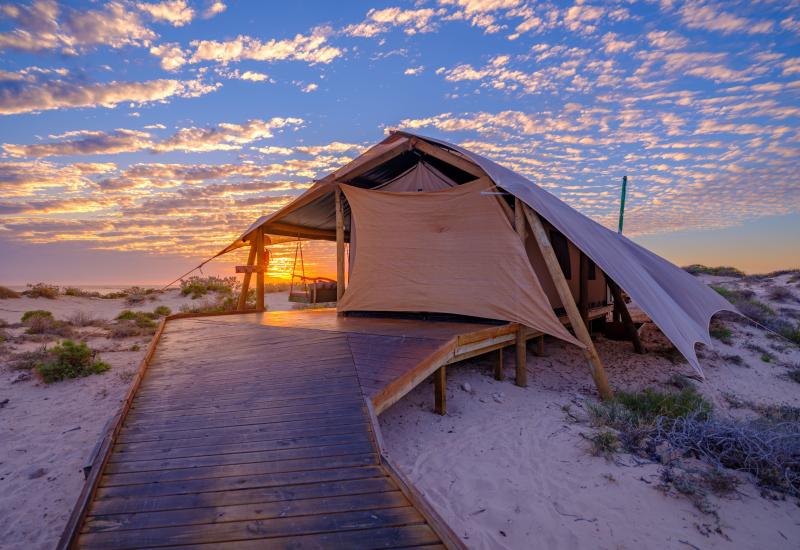10 Reasons to Go Scuba Diving in New Zealand

Stuart HillWith its subtropical coral gardens and out-of-this-world wrecks, what are you waiting for?
1 RAINBOW WARRIOR
This Greenpeace ship was sabotaged and sunk by the French government in Auckland’s Waitematā Harbour in 1985. The ship was later moved to become an artificial reef near the Cavalli Islands, where divers now explore a huge variety of marine life in about 85 feet of water.
2 MILFORD SOUND
Not all those who wander are lost, so make sure not to miss New Zealand’s most famous “tramp,” as the Kiwis refer to hikes. The roughly 33-mile route takes about four days (you can sleep in huts or camp along the way), and features glacier-carved fjords and valleys as well as the country’s tallest waterfall.
3 POOR KNIGHTS ISLANDS
Home to the world’s largest sea cave and often called “Middle Earth in the middle of the ocean,” this marine reserve about 14 miles off the North Island’s Tutukaka Coast has clouds of schooling pink maomao (a type of sea bass), moray eels, thick kelp forests and colorful anemones.
4 SEA KAYAKING AND WINE TASTING
Marlborough Sounds is the sunniest spot in New Zealand (which is so green for a reason), and a stunning place for sea kayaking adventures. On land, don’t miss tastings at the vineyards producing the country’s celebrated sauvignon blanc.
5 MIKHAIL LERMONTOV
Stretching over 570 feet long, this former Soviet cruise ship met its demise in the Marlborough Sounds in 1986 after hitting rocks on a shallow reef. A 2017 earthquake rearranged the wreck, giving divers more nonpenetration access into the intact skeleton in 125 feet of water.
6 FIORDLAND
New Zealand’s most dramatic mountain-meets-ocean landscapes are found on the South Island in Fiordland, famous for Milford Sound. Explore the sheer underwater cliff faces home to the world’s largest concentration of black corals (they’re actually white).
7 HMNZS CANTERBURY
Upright and intact off the North Island’s rugged Cape Brett Peninsula, this former navy frigate beckons wreck fanatics. Recreational divers can explore the upper deck and bridge, where a swim-through leads to the helicopter hangar. And advanced divers can fin down to the lower levels and stern at roughly 120 feet.
8 TONGARIRO ALPINE CROSSING
The North Island is home to the country’s most spectacular day hike, 12 miles through volcanic terrain that’s best undertaken during summer months. Old lava flows, jewel-hued lakes and steam vents are among the sights.
9 ARAMOANA MOLE WRECKS
Seahorses, sevengill sharks, sea lions, carpet sharks and nudibranchs are among the creatures big and small that live on a cluster of scuttled wrecks surrounded by kelp forests off Dunedin.
10 WHALE WATCHING IN KAIKOURA
Operators boast a 95 percent success rate of seeing sperm whales offshore year-round at Kaikoura, on the South Island, the country’s most popular spot for seeing cetaceans. From June to August, migrating humpbacks are often spotted here too.
DIVERS GUIDE
AVERAGE WATER TEMP Lows of 59 on the South Island; lows of 64 on the North Island
WHAT TO WEAR 5 mm to 7 mm
AVERAGE VIZ Varies greatly, from 30 feet to over 100 feet
WHEN TO GO Year-round, but the waters are warmest during the Southern Hemisphere summer (December to February)
MORE INFO travel.padi.com/d/new-zealand
About author: TERRY WARD got certified in Florida’s springs for a college course, and has since dived everywhere from Halmahera, Indonesia, to Norway’s icy Svalbard archipelago.










